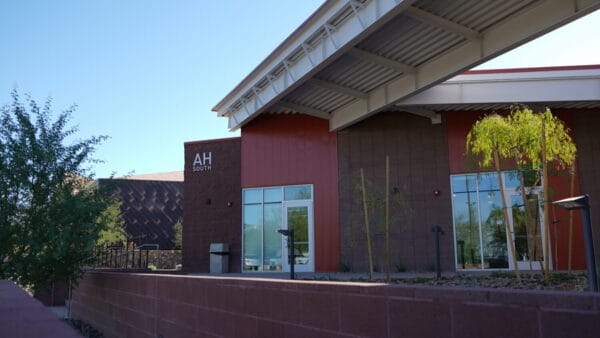By Gillian Livingston | Builder
In the U.S. home sales market in 2023, it’s been a true “tale of two markets,” with the new-home building market defying the odds against rising interest rates, inflation, and supply chain woes to beat out the country’s resale market that’s been struggling with low listings as owners stay put, wary of taking on a new mortgage with rates recently reaching their highest level since 2000. And this trend is expected to continue on into next year.
“The tale of two housing markets is expected to carry on into 2024, with the new-home market outperforming the resale market,” says Ali Wolf, chief economist for Zonda.
“There is one big caveat, however,” she adds. “We don’t expect demand from either camp to be as strong as what was experienced in 2023. Builders will still have the advantage, but price cuts or increased use of incentives will likely be needed given the affordability backdrop.”
Affordability—whether buyers were looking to purchase a new build or a resale home—has been the key marker of the last year, and that challenge will persist into 2024.
The latest data from Zonda shows there were 708,457 new homes sold in September at a seasonally adjusted annualized rate, which is down 0.2% from August but up 33% from a year ago. And despite rising mortgage rates, the new-home cancellation rate is lower than the latter part of 2022.
“Despite ongoing challenges in the market, the housing deficit of resale inventory continues to provide some market support for builders,” says NAHB chief economist Robert Dietz. “Because of a lack of existing homes in the marketplace, 31% of homes available for sale in August were new construction. This compares with a historical average in the 12% to 14% range. But in another sign that higher interest rates have slowed the market, the number of single-family homes under construction in September was 674,000, which is almost 15% lower than a year ago.”
Meanwhile, sales of existing homes in September was down 2% from August to a seasonally adjusted annualized rate of 3.96 million units—the lowest since October 2010, according to the National Association of Realtors.












